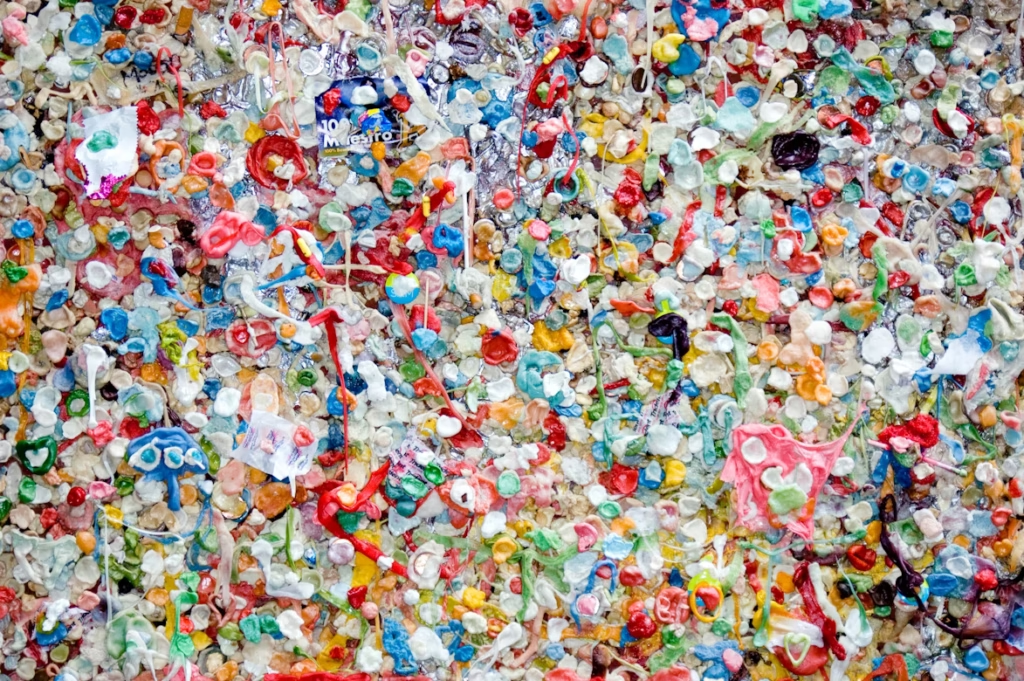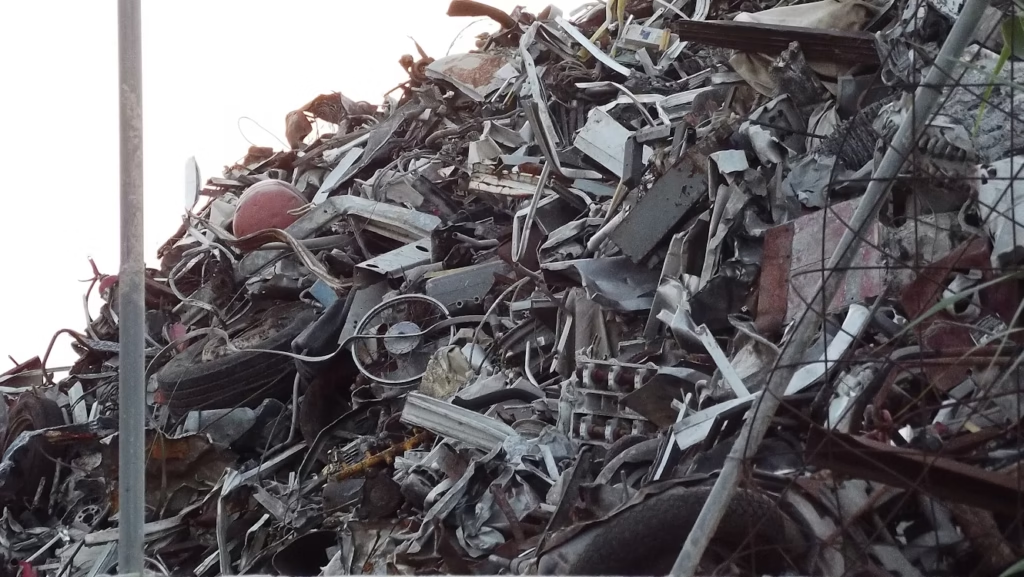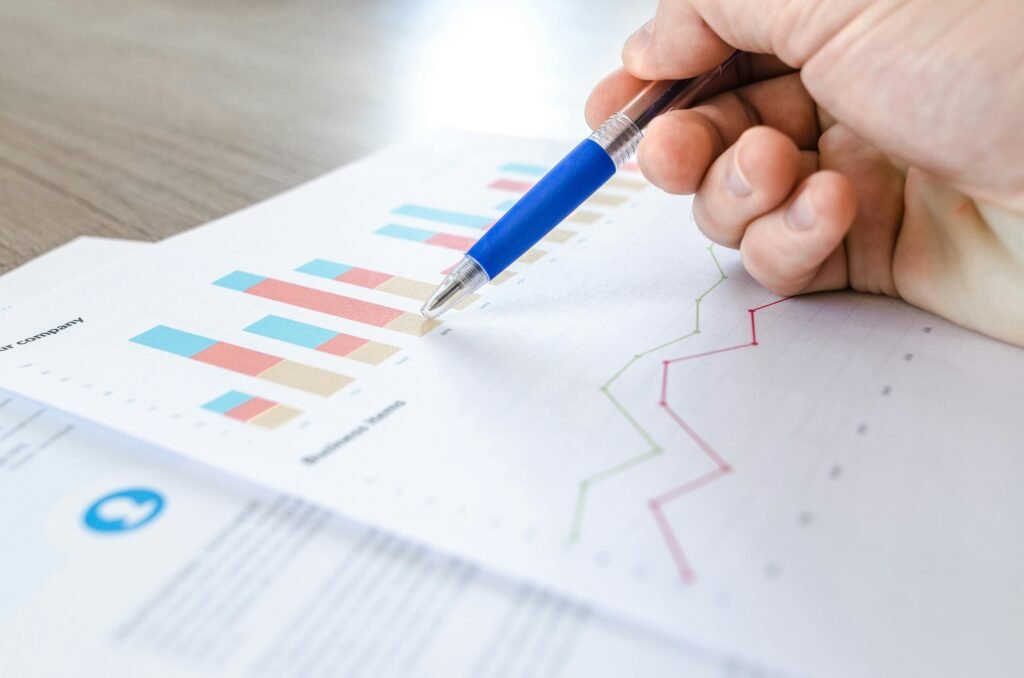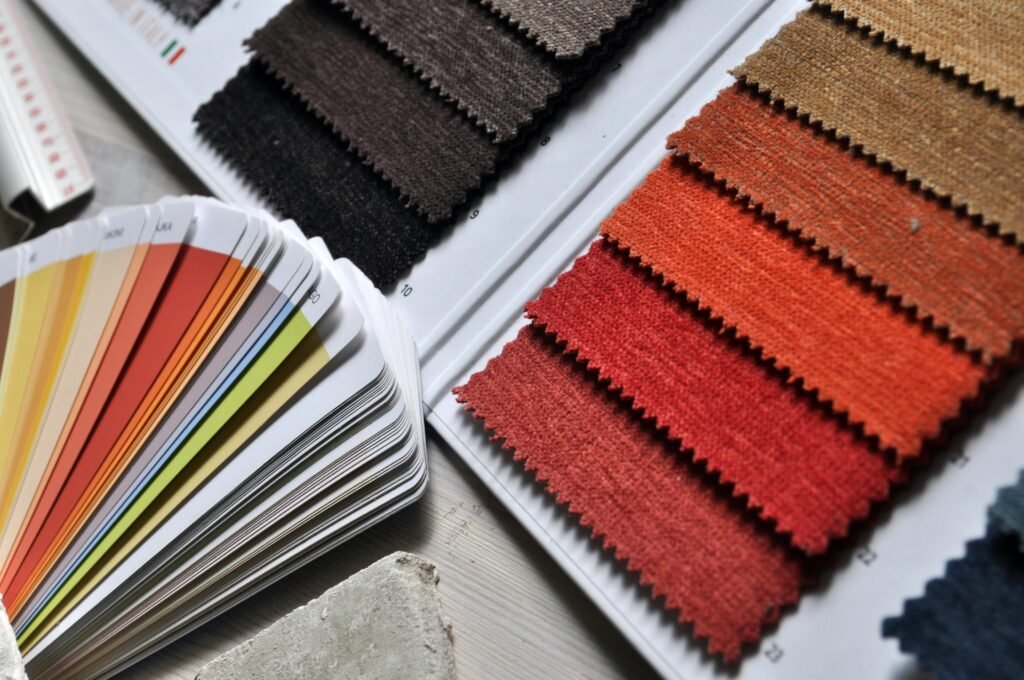In 2025, sustainability is no longer a trend — it’s an expectation. As fashion brands shift toward responsible sourcing and production, recycled fabrics are leading the charge in building eco-friendly clothing lines. From recycled polyester made from plastic bottles to regenerated nylon recovered from fishing nets, there are now more sustainable fabric choices than ever before.
This article explores the top recycled fabric options for clothing, their benefits, and how B2B buyers can integrate them into modern fashion and activewear collections.
♻️ What Are Recycled Fabrics?
Recycled fabrics are textile materials created from pre-consumer or post-consumer waste. These include plastic bottles, old garments, textile scraps, fishing nets, or industrial waste. Instead of using virgin resources, recycled fabrics repurpose existing materials, reducing landfill and cutting down on water, energy, and emissions.


There are two main types:
- Mechanical recycling: Materials like plastic bottles are melted down and spun into new fibers (e.g. RPET).
- Chemical recycling: Involves breaking down materials to a molecular level and recreating them into new fibers (e.g. ECONYL®).
🌿 Why Choose Recycled Fabric for Your Brand?
Sourcing recycled fabric isn’t just a green initiative — it’s a smart business decision. Here’s why:
- Environmental Impact: Recycled polyester saves up to 45–60% energy and reduces CO₂ emissions compared to virgin polyester.
- Market Demand: Consumers actively seek sustainable clothing, especially Gen Z and Millennial shoppers.
- Compliance & Certification: Major retailers and marketplaces require sustainability declarations and certifications like GRS.
- Innovation: Today’s recycled fabrics offer competitive performance: stretch, softness, durability, and even moisture-wicking.
🔍 Common Types of Recycled Fabrics
Here’s a quick overview of popular recycled fabrics used in apparel manufacturing:
| Fabric Type | Source Material | Common Use Cases | Key Properties |
|---|---|---|---|
| rPET (Recycled Polyester) | Plastic bottles (PET) | T-shirts, leggings, hoodies | Lightweight, durable, quick-dry |
| Recycled Nylon (ECONYL®) | Fishing nets, carpets, industrial waste | Swimwear, yoga wear, outerwear | Stretchy, soft, sustainable |
| Recycled Cotton | Pre/post-consumer cotton waste | T-shirts, tote bags, denim | Breathable, soft, less water use |
| Recycled Wool | Garment scraps, old wool sweaters | Coats, scarves, winter apparel | Warm, insulating, sustainable |
| Recycled Rayon/Viscose | Textile production waste | Dresses, tops, blouses | Silky feel, breathable |
📈 Recycled Fabric Trends in 2025
As sustainability becomes a priority in both B2B and B2C markets, the demand for recycled materials continues to rise. In 2025, we’re seeing notable changes across the textile supply chain:

- Tech-Enhanced Recycling: Brands are investing in AI and blockchain to track recycled fiber origins and improve recycling efficiency.
- Blended Innovation: More fabric mills are introducing blends of recycled synthetics with organic natural fibers, creating better comfort and durability.
- High-Performance Focus: Recycled fabrics are now engineered to outperform their virgin counterparts in moisture-wicking, UV protection, and stretch recovery—especially for activewear and outdoor use.
- Regional Growth: Markets like Europe, North America, and Southeast Asia are seeing rapid adoption due to policy incentives and buyer demand.
For B-end buyers, this means that the recycled fabric market is not just growing — it’s evolving in quality and complexity. Now is the time to source responsibly before competitors get ahead.
🏷️ Examples of Brands Using Recycled Fabrics
Global and emerging brands alike are integrating recycled materials into their product lines. Here are a few examples:
- Patagonia: One of the pioneers in sustainable fashion, Patagonia uses recycled polyester in its fleeces and outerwear, and is pushing for full circular production.
- Adidas: Their “Parley” collection uses ocean plastic and recycled nylon in sneakers and apparel. By 2025, Adidas aims to use only recycled polyester.
- Girlfriend Collective: A DTC activewear brand known for leggings made from rPET, offering full supply chain transparency.
- UNIQLO: The Japanese giant has started integrating recycled materials into its basic tees and fleece jackets.
- Rothy’s: Their recycled plastic bottle-to-shoe process has inspired many in the footwear industry.
If you’re a fabric buyer for a sustainable brand, aligning with these trends not only improves environmental impact but also resonates with your end users.
⚖️ Recycled vs Virgin Fabrics: Which Is Better?
| Feature | Recycled Fabric | Virgin Fabric |
|---|---|---|
| Environmental Impact | Low — saves water, energy, emissions | High — requires resource-intensive process |
| Performance | Comparable (in blends) or slightly lower | High (more consistent in fiber structure) |
| Cost | Sometimes higher due to processing | Usually lower due to scale |
| Appeal to Buyers | Strong eco-conscious marketing appeal | Limited unless natural (e.g. cotton) |
| Certifications | Available (GRS, Repreve®, etc.) | Fewer sustainability credentials |
💡 Takeaway: Recycled fabrics may require testing and adjustment, but the marketing and compliance benefits often outweigh the extra sourcing cost.
🔍 Understanding Recycled Fabric Certifications
When sourcing recycled textiles, certifications are key for B2B customers who require proof of sustainability claims. Here’s a breakdown of common standards:
- GRS (Global Recycled Standard): Verifies recycled content, chain of custody, chemical restrictions, and environmental practices.
- OEKO-TEX® Standard 100: Tests for harmful substances. Not a recycled standard, but ensures fabric safety.
- Repreve®: A branded fiber made from recycled PET bottles, traceable via FiberPrint® technology.
- ECONYL®: A regenerated nylon made from fishing nets, fabric scraps, and carpets — ideal for swimwear and leggings.
- RCS (Recycled Claim Standard): Basic verification of recycled input, less strict than GRS.
Buyers increasingly request GRS certification as a basic requirement when ordering bulk recycled fabrics.

👕 Applications of Recycled Fabrics by Garment Type
Different garments demand different properties from fabrics. Here’s how recycled materials perform across categories:
- T-Shirts
Recommended: Recycled cotton or recycled polyester blends (e.g., 60/40)
Features: Breathable, soft touch, ideal for casualwear - Yoga Wear / Activewear
Recommended: Recycled polyester + spandex or ECONYL + Lycra blends
Features: Stretch, sweat-wicking, squat-proof performance - Polo Shirts
Recommended: RPET pique knit or recycled rayon blends
Features: Structure, colorfastness, light texture

- Outdoor Jackets
Recommended: RPET woven fabric or recycled nylon with water-resistant coating
Features: Windproof, durable, low environmental impact - Loungewear / Hoodies
Recommended: Recycled fleece (RPET), French terry blends
Features: Comfort, insulation, soft handfeel
🛠️ Tip: When developing your next product line, consult your fabric supplier to test recycled materials in sample garments before mass production.
📌 Conclusion: Sustainable Fabric Is the Future
The future of apparel is circular — and recycled fabrics are at the core of this transformation. Whether you run an eco startup or a global fashion line, 2025 is the year to fully embrace recycled options.
By sourcing certified materials and staying ahead of performance trends, you’re not just following a fad — you’re building a brand with integrity and impact.
📦 Looking for recycled fabric samples or custom blends?
We supply GRS-certified RPET, recycled cotton, ECONYL blends, and more.
📧 Contact us for swatches, lab reports, or bulk pricing today.


![[JuncoSports]Where to Find Affordable Wholesale Fabric Materials Without Sacrificing Quality](https://materials.juncosports.com/wp-content/uploads/2025/07/image-6.jpg)